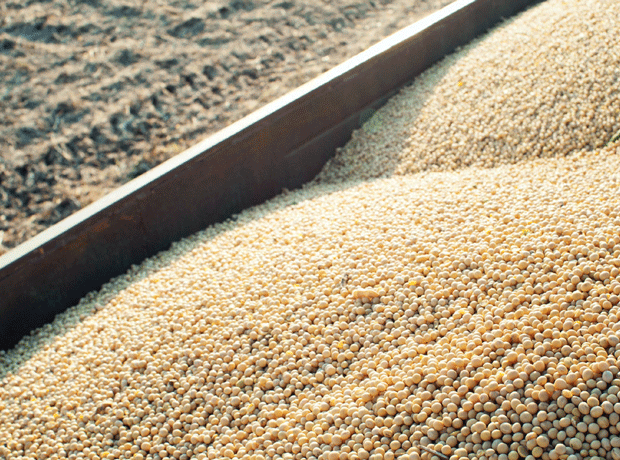Bread makers are bracing themselves for a possible repeat of 2010, when failed harvests and export bans sent grains prices soaring.
But while the price rises two years ago were mainly down to issues with wheat, this time it is maize that is the problem.
Drought has devastated the US maize crop and because wheat is a substitute in the feed market, demand for wheat has increased dramatically, causing prices in London and Paris to rise by a third in just one month.
At this level, bakers will have little choice but to pass on increases to consumers.
“The sheer magnitude of the wheat price increases means that we will have to pass them on,” says Michael Clarke, CEO of Hovis baker Premier Foods. Clarke has the added concern that Hovis is committed to using only British wheat, which has been hit by the recent wet weather, while arch rival Warburtons also uses Canadian wheat, which is less affected.
Commodity prices
Weather-related problems continue to take their toll on the grains markets, with milling wheat now a particular pressure point (see above).
Prices have also risen in the UK oats market even though planting area was expected to be up, after torrential rains over the summer left many fields flooded. At an average of £180/tonne, UK oats are now 2.9% more expensive than last year, having risen by a further 16.1% in the past month.
Basmati rice prices are also rising - at £643.9/tonne, they are up 22.9% year-on-year and 17.7% month-on-month - due to comparatively poor monsoon rains on the Indian sub-continent this year.
Prices have remained on a downward trajectory for electricity and key plastics.
“There are real concerns about the UK crop,” says Alex Waugh, director general of the National Association of British and Irish Millers.
There have already been sharp price increases for domestic milling wheat suitable for bread making. The UK milling wheat price has shot up by 40%, to £246/tonne, in a month. The feed wheat price has risen by a more modest 28%, to £192/tonne.
Dry weather over the coming month would mitigate the quality problems and pressure on prices, but some of the damage is likely to have been done.
Another risk factor is a potential export ban on wheat from Russia and the ex-Soviet states. Two years ago, Russia inflated world wheat prices by implementing an export ban because of a poor projected harvest.
Moscow has kept export channels open for now, but speculation was rising this week that a ban this year could be on the cards after all.



















No comments yet